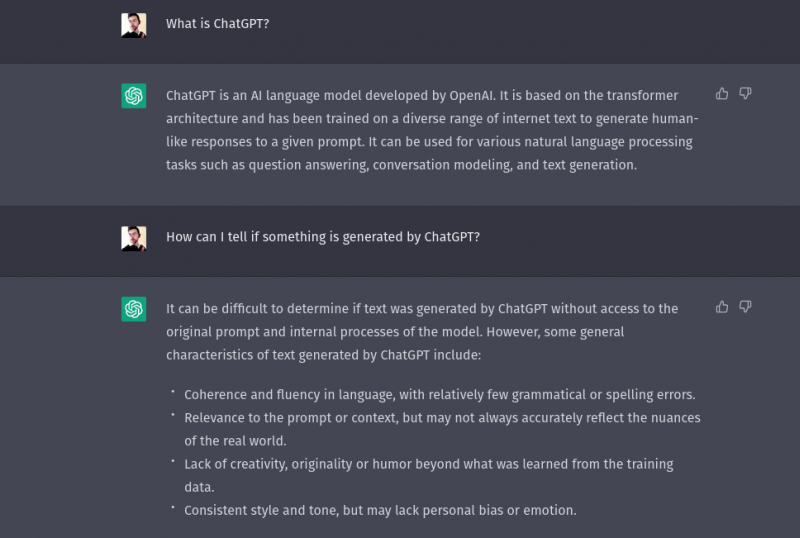The internet is changing the legal profession and how it functions. More people begin their search for an attorney with the internet, turning to search engines first to find solutions for their legal problems. Inbound marketing uses the knowledge and expertise lawyers already have to attract new clients. In short, inbound strategies are flexible and do the hard work so you don’t have to. It works particularly with bankruptcy law practices by identifying the potential clients searching for solutions and bringing them to you.
How It Works
Inbound marketing uses the web to cultivate relationships with potential clients. Those clients would be searching for a topic or solution to their legal problems, or for attorneys in their area. You can attract those individuals with content. For example, your blog post can broadly outline a topic like individual or business bankruptcy, or it can take a deeper dive into one particular aspect of the issue — like "Deciding Whether to Roll your Mortgage into a Bankruptcy Filing." And when you optimize your post to fit certain keywords, it can become the first the first thing potential clients see when performing a search.
A potential client generally searching for help on filing for bankruptcy would find a firm’s blog post outlining the process in the top results of their search. From there, the potential client would download whitepapers or find more content on filing for bankruptcy, all from that original search. This process of turning a site visitor into a client for the firm is the basic foundation of inbound marketing. It eliminates the hunter/farmer dichotomy that traditionally make up sales strategies and goes directly to your audience to reach as many people as possible.
Why Inbound Works for Bankruptcy Law
Inbound marketing combines legal expertise with strategy to attract new clients. Instead of interrupting or intruding, as with traditional marketing, inbound aims to educate and inform to convert website visitors into clients.
Traditional marketing relies on disruption through outbound advertisements: billboards, television advertisements, and similar forms of content. While this approach will reach an audience, that audience will not be engaged or interested or even need help. Inbound marketing targets only those who might be interested or looking for solutions for their legal problems.
The content you and your firm provide is a powerful resource that brings visitors to your firm's website, and prompt them to seek more information or reach out to your firm. This content will range from blog posts and whitepapers to anything that your potential client might find useful. Because you engage them on a topic they are already searching for, you can be sure your audience has an issue or problem you can solve. And if you optimize your content for search engines, you increase your visibility and reach a wider audience.
Navigating bankruptcy law is complex and overwhelming, requiring an attorney to make sense of complicated issues when they arise. Inbound marketing both educates potential clients and cultivates a relationship between your firm and your audience. Blogging and content offers are just two ways of crafting a message for reaching potential clients, but inbound marketing itself offers innovative ways to inform and convert strangers into clients.





